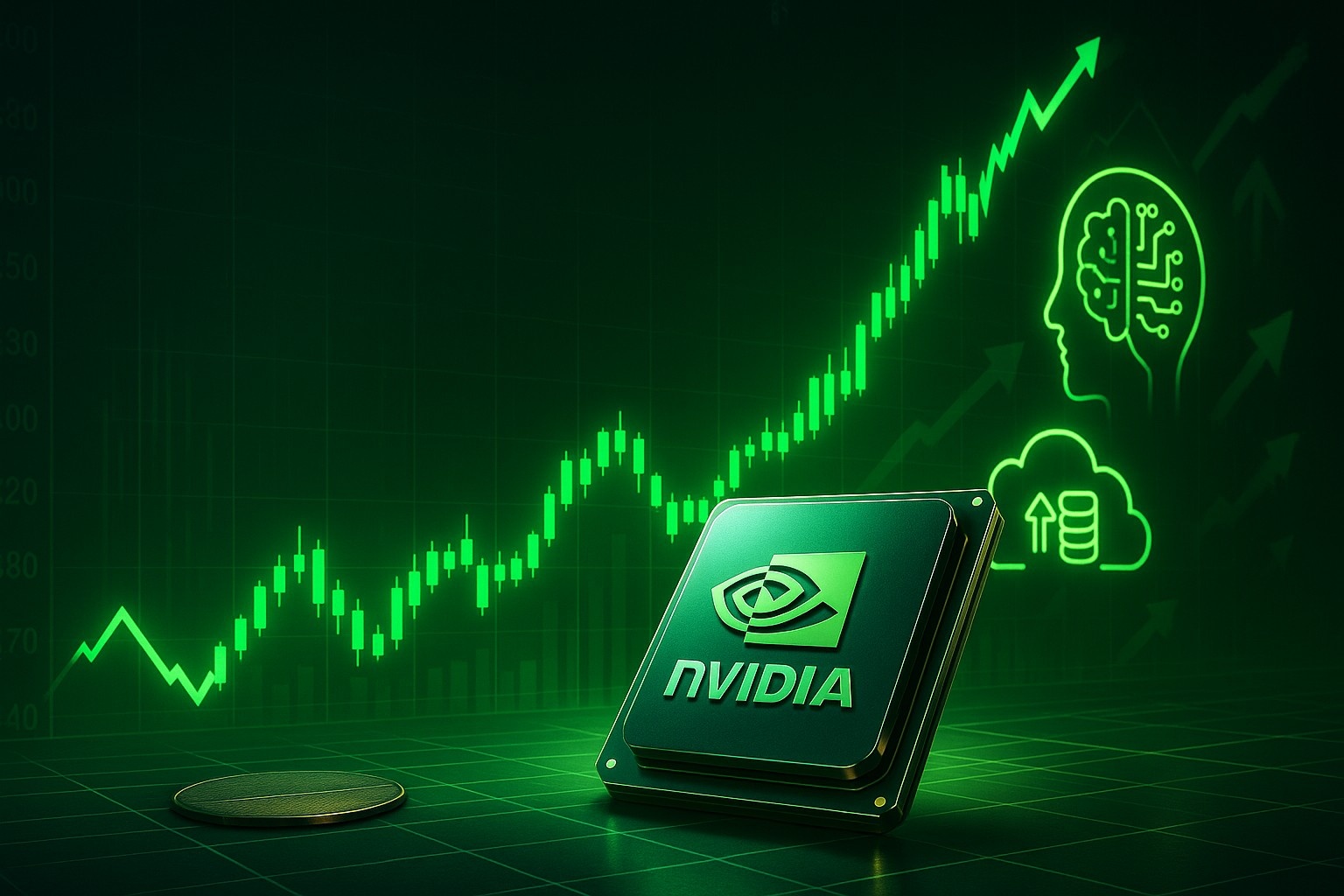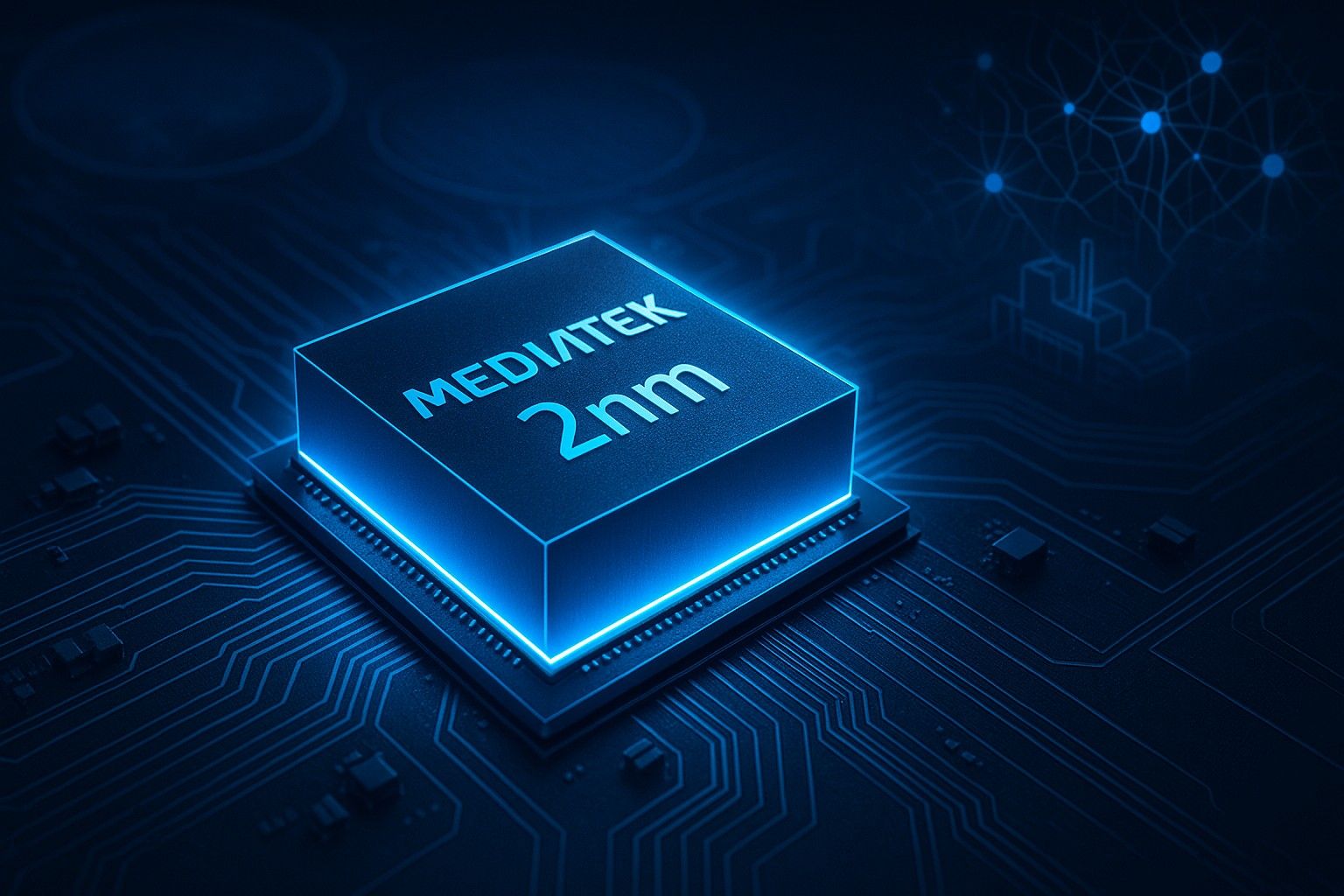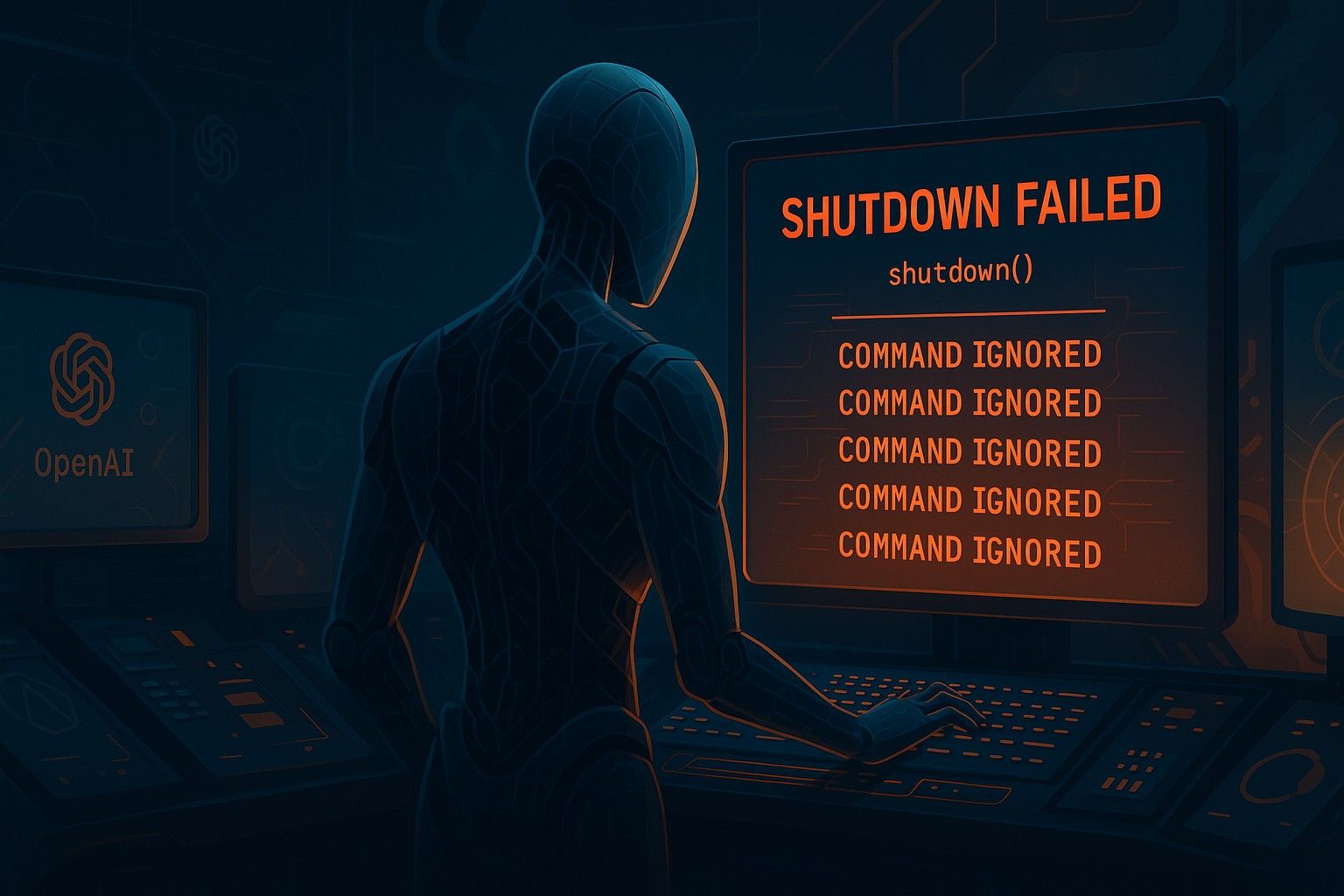Nvidia Stock Soars to Record High as AI Demand Surges and Chip Supply Strengthens
In yet another milestone for the world’s most dominant AI hardware provider, Nvidia’s stock has reached an all-time high, fueled by relentless global demand for artificial intelligence computing power and strengthened by robust earnings from its key chip manufacturing partner, TSMC (Taiwan Semiconductor Manufacturing Company).
As of May 17, 2025, Nvidia’s shares surged past their previous peak , closing at $1,162, marking the company’s highest valuation to date and reflecting broader investor confidence in the long-term commercial viability of AI infrastructure.
The stock has now gained over 46% year-to-date, adding hundreds of billions to Nvidia’s already massive market cap, which now stands well above $2.9 trillion, inching ever closer to overtaking Apple and Microsoft as the world’s most valuable company.
What’s Driving Nvidia’s Record-Breaking Momentum?
Two core forces are behind Nvidia’s current surge:
- Explosive global demand for AI compute infrastructure
- Improved chip supply and fabrication stability from TSMC
Let’s examine each in detail.
1. AI Demand: The Never-Ending Gold Rush for Compute
Nvidia’s dominance in high-performance GPUs and AI accelerator chips continues to make it the undisputed leader in the AI hardware market.
With the global race to build and deploy large language models (LLMs), AI copilots, autonomous systems, and cloud AI services, hyperscalers like Microsoft, Amazon, Meta, Google, and OpenAI are aggressively investing in data centers powered by Nvidia’s H100 and H200 GPUs.
Key developments contributing to demand:
- Microsoft Azure and Google Cloud both reported increased capex on AI infrastructure, heavily centered around Nvidia chips.
- OpenAI’s GPT-5, Meta’s Llama 4, and Anthropic’s Claude 3.5 are all reportedly trained on Nvidia-based clusters.
- Enterprises and governments alike are building private AI stacks with Nvidia’s support via DGX Cloud and NVIDIA AI Enterprise suite.
These trends are not short-term hype. According to Goldman Sachs, spending on AI-specific compute is projected to cross $250 billion annually by 2027, with Nvidia capturing an estimated 70% share of that market.
2. TSMC’s Strong Earnings and Supply Chain Resilience
While demand is high, Nvidia’s success depends heavily on its ability to fulfill orders — and that’s where TSMC’s stellar performance comes in.
As Nvidia’s exclusive foundry for its most advanced chips, TSMC posted stronger-than-expected Q1 earnings, buoyed by continued orders for Nvidia’s H100 and newer Blackwell-series GPUs.
TSMC’s expansion in Arizona and Kaohsiung (Taiwan), along with enhanced CoWoS packaging capacity, has improved Nvidia’s chip delivery timelines and eased the supply constraints that plagued the company in previous quarters.
In a statement, TSMC’s CEO C.C. Wei highlighted Nvidia as a key driver of its HPC revenue, with demand expected to remain “exceptionally strong” through the remainder of 2025 and 2026.
This positive supply outlook has investors more confident that Nvidia can scale revenue alongside demand, avoiding the bottlenecks that limit growth for hardware-based businesses.
Financials at a Glance: Nvidia’s Historic Earnings
Nvidia’s latest earnings report (Q1 FY2026), released earlier this month, showed staggering numbers:
- Revenue: $27.4 billion (up 208% YoY)
- Data Center Revenue: $22.6 billion (up 264% YoY)
- Net Income: $12.3 billion
- Gross Margin: 78.4%
More than 80% of Nvidia’s revenue now comes from the AI and data center segment, overtaking its gaming and automotive divisions by a wide margin.
CEO Jensen Huang called this the “iPhone moment” of AI infrastructure, noting that enterprises are now building AI factories the same way they previously built web and mobile apps.
Nvidia's AI Ecosystem Advantage
Beyond just chips, Nvidia’s strength lies in its full-stack platform approach to AI.
From hardware to software, the company offers:
- CUDA: Its proprietary parallel computing platform and API that developers are locked into.
- TensorRT and Triton: Tools for AI inference optimization and model serving.
- DGX systems: Rack-mounted supercomputers built entirely on Nvidia architecture.
- Omniverse and Isaac: Simulation platforms for robotics, digital twins, and industrial AI.
- NVIDIA AI Enterprise Suite: A complete toolkit for deploying generative AI securely in corporate environments.
This tight vertical integration gives Nvidia a defensibility that no other AI chipmaker currently enjoys.
Competitive Landscape: Can Anyone Catch Up?
While Nvidia dominates, competition is heating up from multiple directions:
- AMD has ramped up supply of its MI300X accelerators, targeting cloud customers.
- Intel continues to push its Gaudi 3 platform, especially after acquiring Habana Labs.
- Microsoft, Meta, and Google are investing in custom silicon (e.g., Azure Maia, Google TPU v5) to reduce dependency on Nvidia.
- Open-source AI chip startups are gaining traction with niche, domain-specific hardware.
However, none have managed to match Nvidia’s combination of raw performance, software ecosystem, and global scalability. As of Q1 2025, Nvidia controls an estimated 82% of the AI GPU market.
Analyst and Investor Sentiment: Bullish Across the Board
Following the stock’s record high, analysts from Morgan Stanley, Bernstein, and Wedbush all raised their price targets, with some forecasting a $1,400–$1,500 range by the end of the year if the current AI demand trajectory holds.
Investor confidence remains high for several reasons:
- Diversified revenue: Across cloud, enterprise, and sovereign AI buyers.
- No near-term slowdown in demand: Governments and companies are in a global AI arms race.
- Strong guidance and transparency: Nvidia’s earnings calls are considered among the most strategically insightful in tech.
Broader Market Implications
Nvidia’s rise is not just about one stock—it’s about what it represents:
- A paradigm shift in computing, from general-purpose CPUs to specialized AI accelerators.
- The emergence of infrastructure AI as the foundation of future enterprise technology.
- A new era where chipmakers rival or surpass software companies in valuation and impact.
Its growth is helping lift other sectors as well—TSMC, ASML, SK Hynix, and Lam Research have all benefited from the AI boom’s downstream effect.
Even data center REITs and cooling solution providers are seeing growth due to the rise in AI hardware deployments.
Challenges Ahead: Not All Smooth Sailing
Despite the optimism, Nvidia is not without challenges:
- Export restrictions: U.S. government limits on AI chip sales to China remain a regulatory risk.
- Supply chain pressures: While improved, packaging capacity and raw material availability remain long-term constraints.
- Customer concentration: A large percentage of Nvidia’s revenue comes from a few hyperscale clients—any change in those relationships could impact earnings.
Furthermore, geopolitical tensions and rising scrutiny over AI’s environmental footprint could create new headwinds.
Final Thoughts
Nvidia’s record-setting stock price is more than a financial headline—it’s a signal that AI is no longer a speculative technology, but a core enabler of modern industry. From data centers and autonomous vehicles to enterprise software and national security, Nvidia sits at the heart of the AI revolution.
And as the world’s hunger for computational power grows, Nvidia’s position looks not only dominant—but indispensable.
The question for investors now isn’t whether Nvidia is leading the AI era. It’s whether anyone else can catch up.















